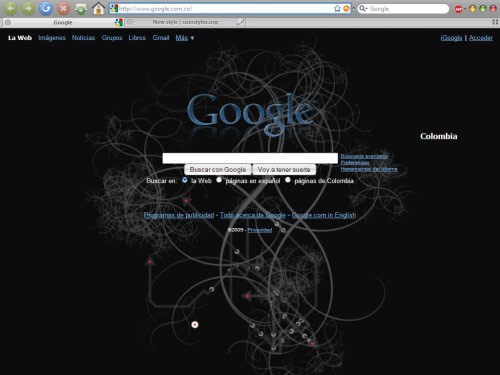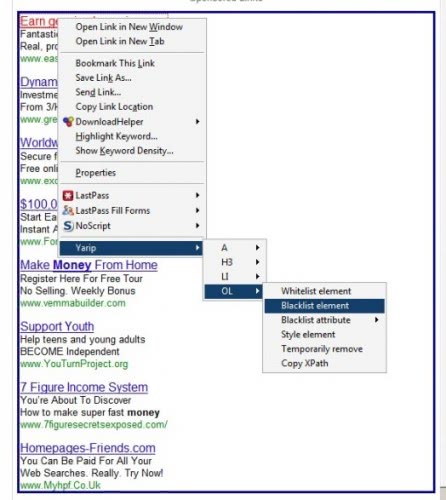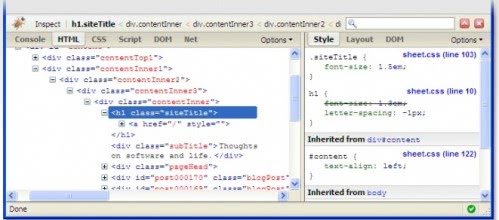x Ways To Manipulate Websites In Firefox

The Firefox web browser offers an user several ways of manipulating web sites in realtime. The article discusses several of the possibilities that are available ranging from popular Firefox add-ons to userscripts and other means of website manipulation.
We would like to encourage you to post additional tips and hints about website manipulation in the comments of this article so that the page becomes as comprehensive as possible. All methods of manipulating websites have been tested with all recent versions of the Firefox web browser. Most will probably also work in previous versions of the web browser.
1. Userscripts and Greasemonkey
Greasemonkey and its userscripts are probably the most popular and known method of manipulation website contents in real time.
Thousands of userscripts exist that add, remove or modify elements and features of web services. Some classic examples are changing the design of Gmail, adding new features to the Internet Movie Database IMDB or skipping the wait time at popular file hosts.
Generation of scripts requires web development knowledge, especially of html, JavaScript and CSS as these are used to alter the contents of the websites.
2. Platypus - Modify Websites Without Programming Skills
Platypus allows you to modify websites without any programming skill requirements. This limits the reach of the Firefox add-on a bit as it is not possible to reach the depth of Greasemonkey. Possible options are to permanently remove elements from websites, change style attributes, change the font and background colors to black and white or to remove fixed sizes and positioning on a page. [Update: not compatible with the most recent versions of Firefox).
3. Stylish - Modify CSS

The Stylish add-on for Firefox and its accompanying userstyles directory provide access to new styles that manipulate the CSS of a website.It can be used to remove, add, move and manipulate elements on a website permanently. The screenshot above shows the popular Atistic Google userstyle.
4. Yet Another Remove It Permanently

Yet Another Remove It Permanently is an add-on for the Firefox web browser that makes it possible to remove elements on websites permanently. Can for example be used to remove advertisement from Google Search results or images from websites. Basically any element can be removed with this add-on. A similar add-on is Nuke Anything Enhanced.
5. Firebug

Firebug is first and foremost an add-on for Firefox that presents lots of useful information to web developers. What many do not know is that it comes with the capabilities to manipulate elements on a website. It is probably not the first choice for this kind of manipulations but this comes in handy when testing different kinds of layouts, color combinations or fonts.
6. NoScript and Adblock Plus
Both the NoScript and the Adblock Plus add-on for Firefox are primarily being used to prevent scripts and advertisements from being displayed on the user's computer monitor. This does make them limited tools for modifying websites.
7. Aardvark
Aardvark can be used to isolate or remove elements from websites.Has been primarily been designed to remove unneeded elements before printing a website.
Verdict:
There are definitely a lot possibilities to modify websites in Firefox; Certainly more than have been mentioned in this post. Probably the easiest possibilities are in the form of Greasemonkey. If you know of any additional add-ons that should be mentioned let us know in the comments.
Advertisement



















Gotta Love firefox
Firebug is the absolute best choice for debugging :) It’s my favourite plugin.
It’s worth nothing that Platypus generates a Greasemonkey script, so it’s really a GUI for Greasemonkey. Also, the “Repair” button in Platypus does a good job of automatically cleaning up a lot of typical web pages.
@Martin,
You can include mozilla labs ubiquity. Where in it has edit-page command which perfectly suites my need (Removing unwanted element before i give print).